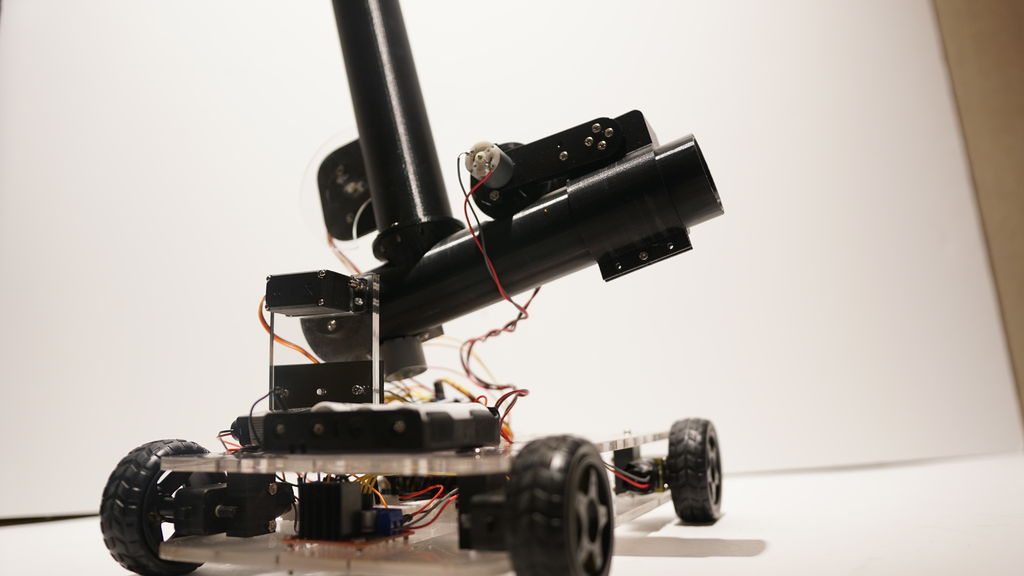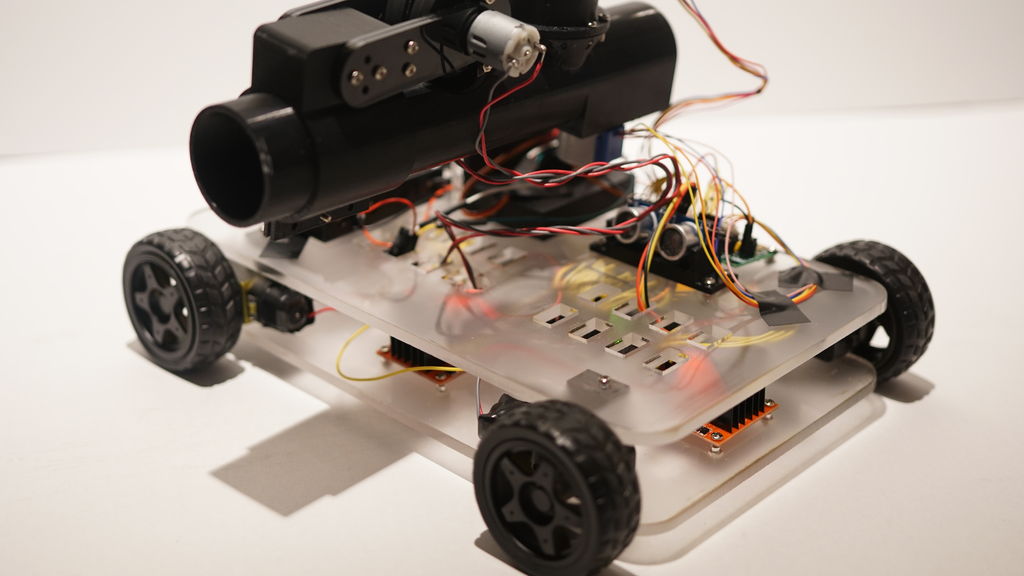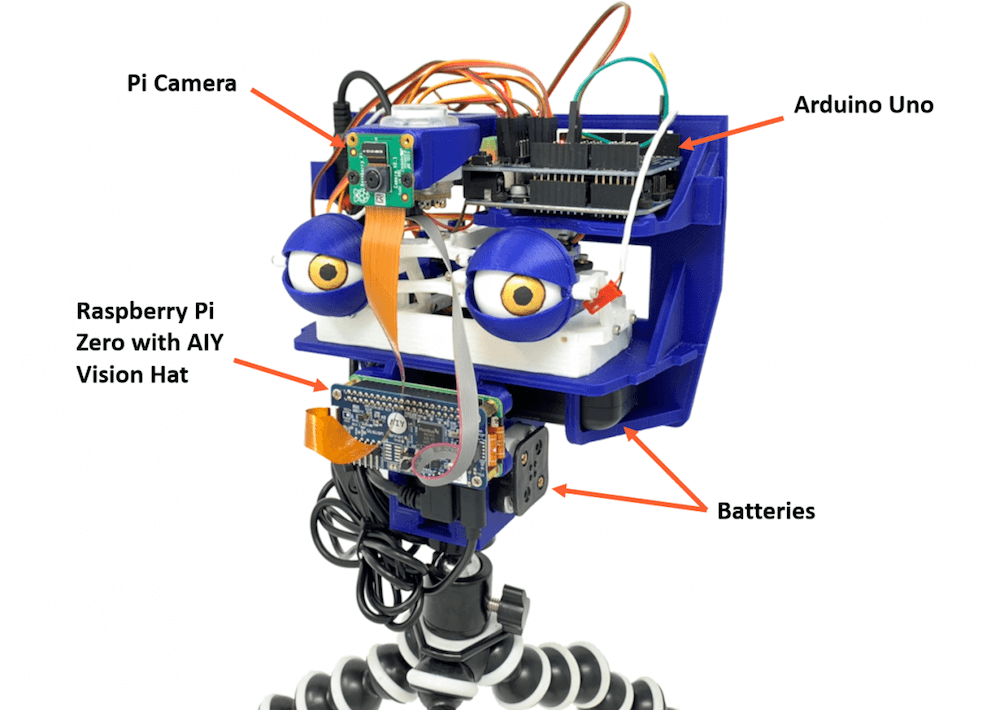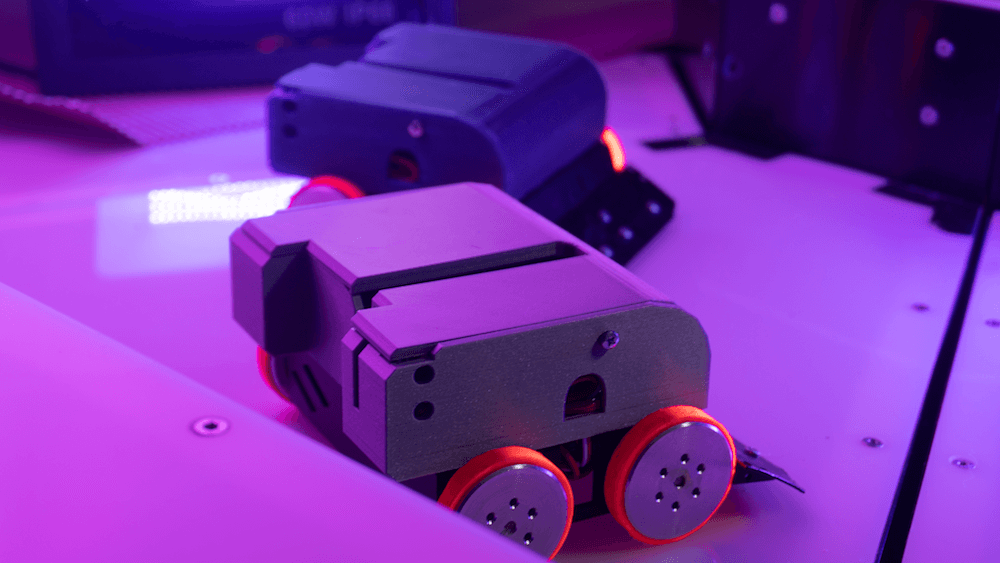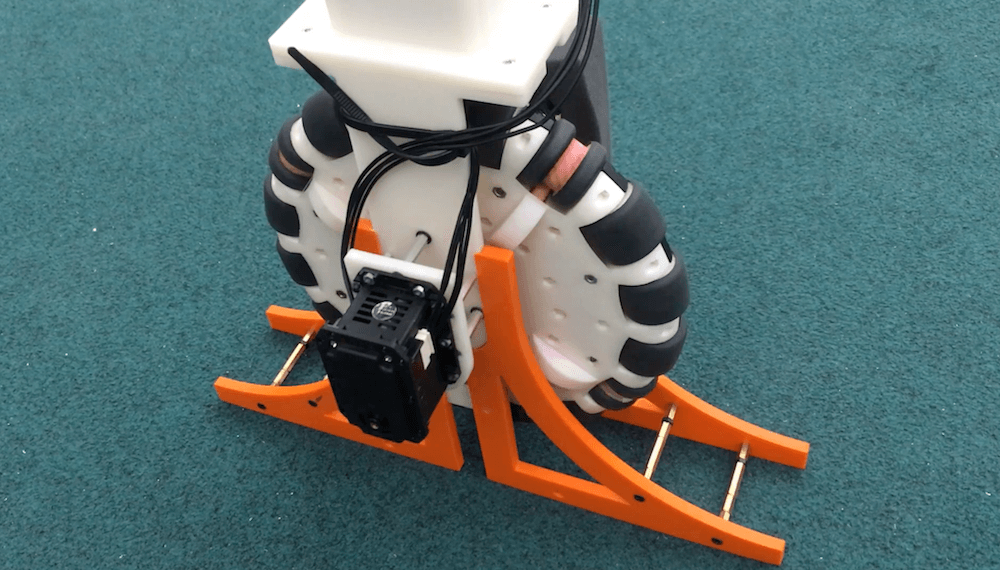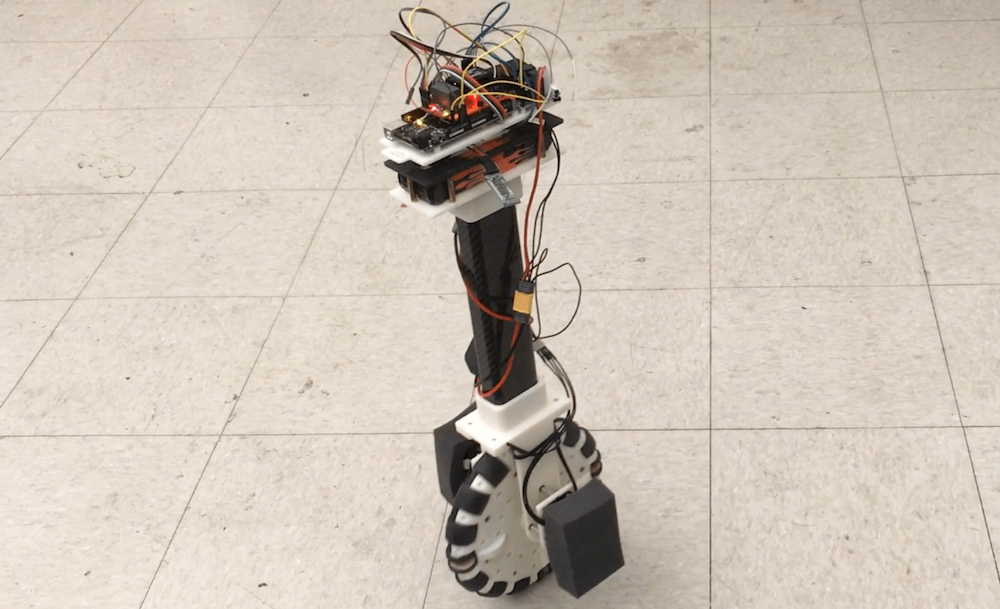Why every robot needs a spiffy hat
First developed more than 100,000 years ago, clothing is one of humanity’s earliest — and most culturally significant — inventions, providing wearers not just protection from the environment and elements but also signifying social status, membership in a community and their role within that group. As robots increasingly move out of labs, off of factory floors and into our everyday lives, a similar garment revolution could soon be upon us once again, according to a new research study out of New York’s Cornell University.
“We believe that robot clothes present an underutilized opportunity for the field of designing interactive systems,” the team argues in What Robots Need From Clothing, which was submitted to the In Designing Interactive Systems Conference 2021. “Clothes can help robots become better robots — by helping them be useful in a new, wider array of contexts, or better adapt and function in the contexts they are already in.”
“I started by looking at how different materials would move on robots and thinking about the readability of that motion — like, what is the robot's intention based on the way materials move on the robot,” Natalie Friedman, a PhD student at Cornell Tech and lead author on the paper, explained to Engadget. “From there, I started thinking about all the different social functions that clothes have for people and how that could influence how the robot is viewed.”
While tomorrow’s robots may wear white button down dress shirts and black bow ties while serving hors d'oeuvres to party guests or wear candy stripes while working as nurses, it’s not simply a matter of tossing human clothing onto a robotic chassis. “What robot clothes are is integrally tied to what robots need from clothing. Robot clothing should analogously fulfill needs robots have, rather than just being human clothes on a robot,” the researchers wrote.
Robo-clothes could take any number of forms, depending on their wearer’s specific function. Robotic firefighters, such as the Thermite from Howe and Howe, might theoretically be issued heat-resistant overcoats akin to what humans wear but embedded with thermochromic ink to provide the robot’s operator an easy visual reference to the area’s ambient temperature or indicate that the robot is in danger of overheating. Conversely, search-and-rescue bots could wear waterproof garments when conducting oceanic operations and then strap on extra-grippy boots when searching for lost hikers in mountainous terrain or survivors of a building collapse.
"I think this work is important to helping engineers and technologists understand the functional importance of aesthetics and signaling in design,” Cornell Tech professor and co-author Wendy Ju, said in a recent blog. “It's not ‘just fashion’ - what the robot wears helps people understand how to interact with it in ways that are critical to safety and task execution."
Overall, the use of swappable attire could lead to more generalized robot designs as the specific capabilities the clothing provides don't have to be baked into the robot’s construction. “It is more difficult to build a new robot than to build new clothes,” Friedman said. “I think that clothes are going to influence robot design and robot designs are going to influence clothes. Maybe it'll start in one direction — clothes made to fit robots — but, in the future, I think that robots might be built to better fit in clothes.” She notes that Pepper, though recently discontinued by SoftBank, offers an online merch store with a wide variety of costumes and outfits for the robot to wear including outfits designating cultural, national, professional and religious affiliations.
But clothing on robots isn’t just for their own benefit, it also serves to demystify and humanize these cutting-edge machines in the eyes of the people they’re working with. For example, clothing could help protect a robot’s sense of shame — or rather that of its user.
“The need for wire modesty — to cover up nudity — stems from anthropomorphic priggishness, since robots do not get embarrassed about wires poking out of them,” the researchers wrote. “However, both humanoid and non-humanoid robots have pragmatic reasons to maintain a clean and covered aesthetic, because exposed wires present a real risk to function. Any wire that is pulled out or cut will remove power or signal to a subsystem, and that can be risky to the robot and any people or objects in the environment.”
“I definitely see a future where [when robots] aren't wearing clothes, it might look a little funny,” Friedman added. “I mean we are just mapping our ideas onto robots, right? Robots don’t have consciousness, so they don't feel shame.”
However, putting clothes on robots could also prove problematic especially if the apparel style has been culturally appropriated. You can bet your bottom dollar that the first cannabis dispensary to dress an automated budtender in rastafarian garb is going to make headlines — and not the kind that are good for business — same as if you outfitted a Roomba with a Native American headdress. “Hawaiian shirts, for example, used to be a marker of ‘casual Friday’ office attire, but more recently are affiliated with the extremist ‘Boogaloo Boys,’” the researchers wrote.
Despite the potential drawbacks to putting pants on robots, doing so could help make the entire field of research more attractive to a new generation of roboticists. “I like to think about girls in robotics,” Friedman said. “When they're young, I think robotics seems like a really intimidating thing but I see clothes as kind of a way to welcome, you know, the stereotypically feminine... skills that women have. I see clothes as a way to welcome girls into [robotics].”


